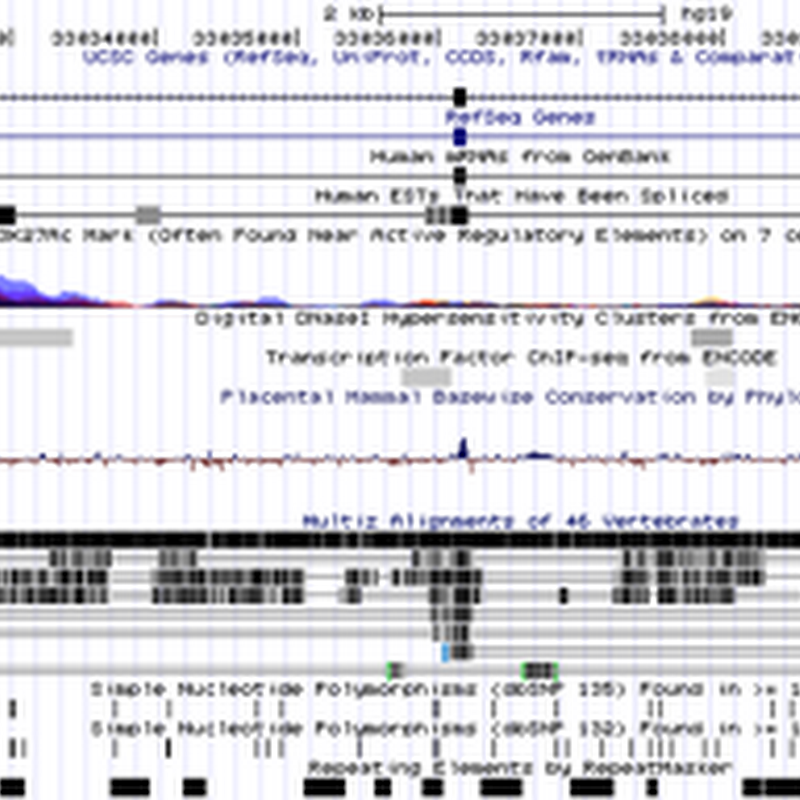
Duplicate records are the bane of any project that aggregates data from multiple sources.

Duplicate records are the bane of any project that aggregates data from multiple sources.
Revisiting an old idea (Clustering taxonomic names) I've added code to cluster strings into sets of similar strings to the phyloinformatics course site.This service (available at http://iphylo.org/~rpage/phyloinformatics/services/clusterstrings.php) takes a list of strings, one per line, and returns a list of clusters.
I'll keep this short: LSIDs suck because they are so hard to set up that many LSIDs don't actually work. Because of this there seems to be no shame in publishing "fake" LSIDs (LSIDs that look like LSIDs but which don't resolve using the LSID protocol). Hey, it's hard work, so let's just stick them on a web page but not actually make them resolvable.

As part of my mantra that it's not about the data, it's all about the links between the data, I've started exploring matching GenBank sequences to GBIF occurrences using the specimen_voucher codes recorded in GenBank sequences. It's quickly becoming apparent that this is not going to be easy.

The Encyclopedia of Life have announced the EOL Phylogenetic Tree Challenge. The contest has two purposes:First prize is a trip to iEvoBio 2012, this year in Ottawa, Canada. For more details visit the challenge website. There is also an EOL community devoted to this challenge.Challenges are great things, especially ones with worthwhile tasks and decent prizes.

I've updated the BLAST a sequence and get a tree tool described in a previous post to output additional details, such as a list of the sequences used to build the tree and some basic metadata (such as the taxon name, name of any associated host, publication, and geographic coordinates). If the sequences are geotagged, then you will also see a little map showing the localities.

One thing which has always frustrated me about geophylogenies is how tedious they are to create. In theory, they should be pretty straightforward to generate. We take a tree, get point localities for each leaf in the tree, and generate the KML to display on Google Earth.

Google Refine is an elegant tool for data cleaning. One of its most powerful features is the ability to call "Reconciliation Services" to help clean data, for example by matching names to external identifiers. Google Refine comes with the ability to use Freebase reconciliation services, but you can also add external services.

One of the things I find frustrating about TreeBASE is that there's no easy way to get an overview of what it contains. What is it's taxonomic coverage like? Is it dominated by plants and fungi, or are there lots of animal trees as well?
For this weeks sessions of my phyloinformatics course I'm developing some phylogeny tools. The first is a simple AJAX-based BLAST tool.